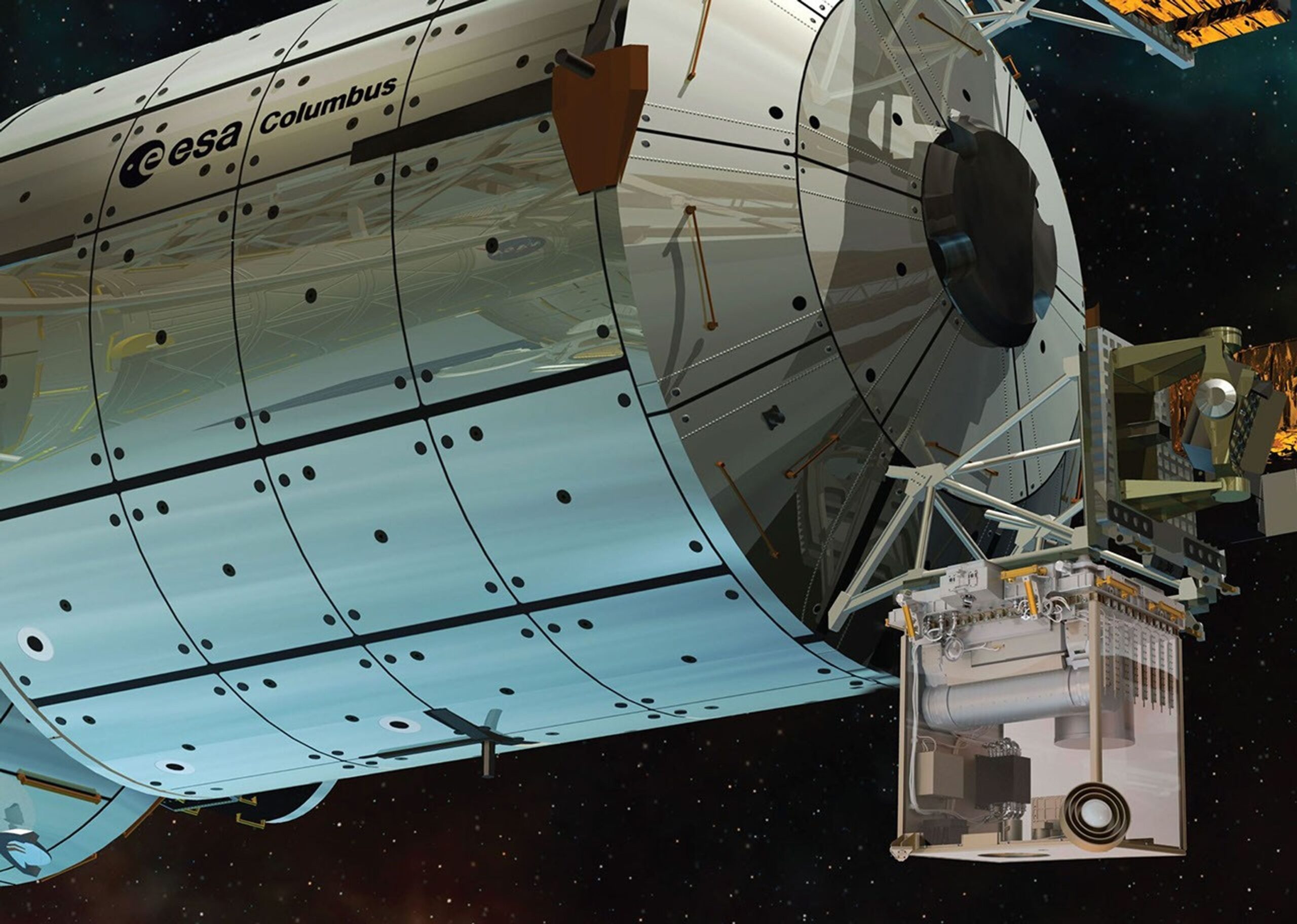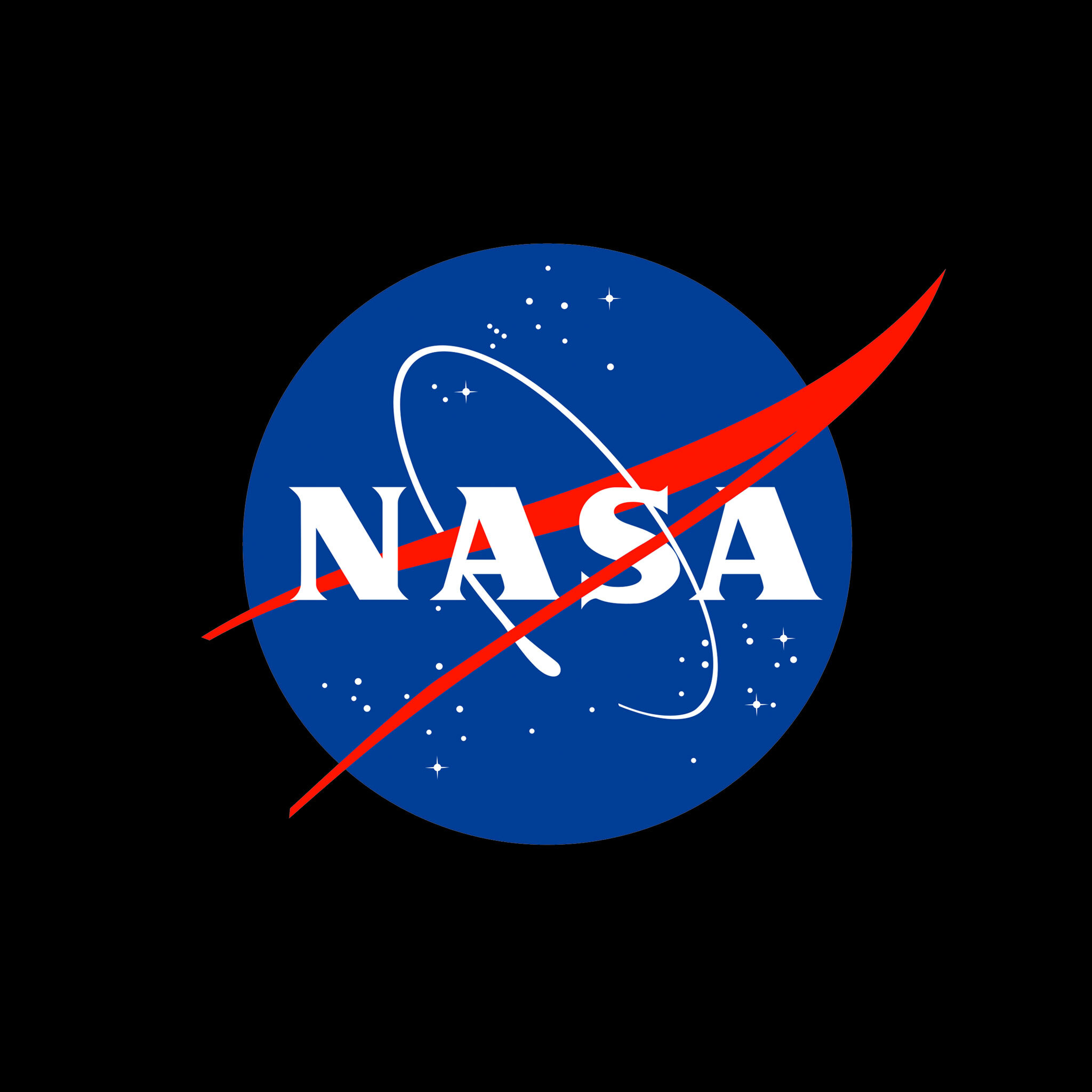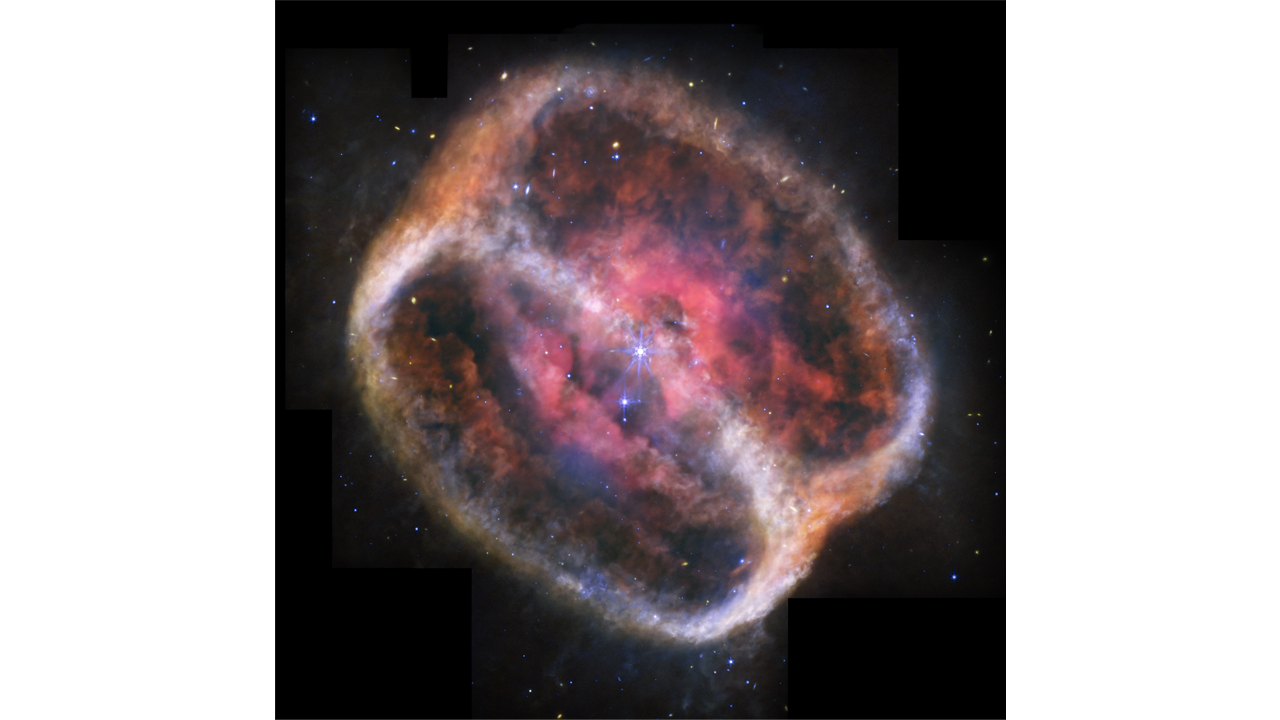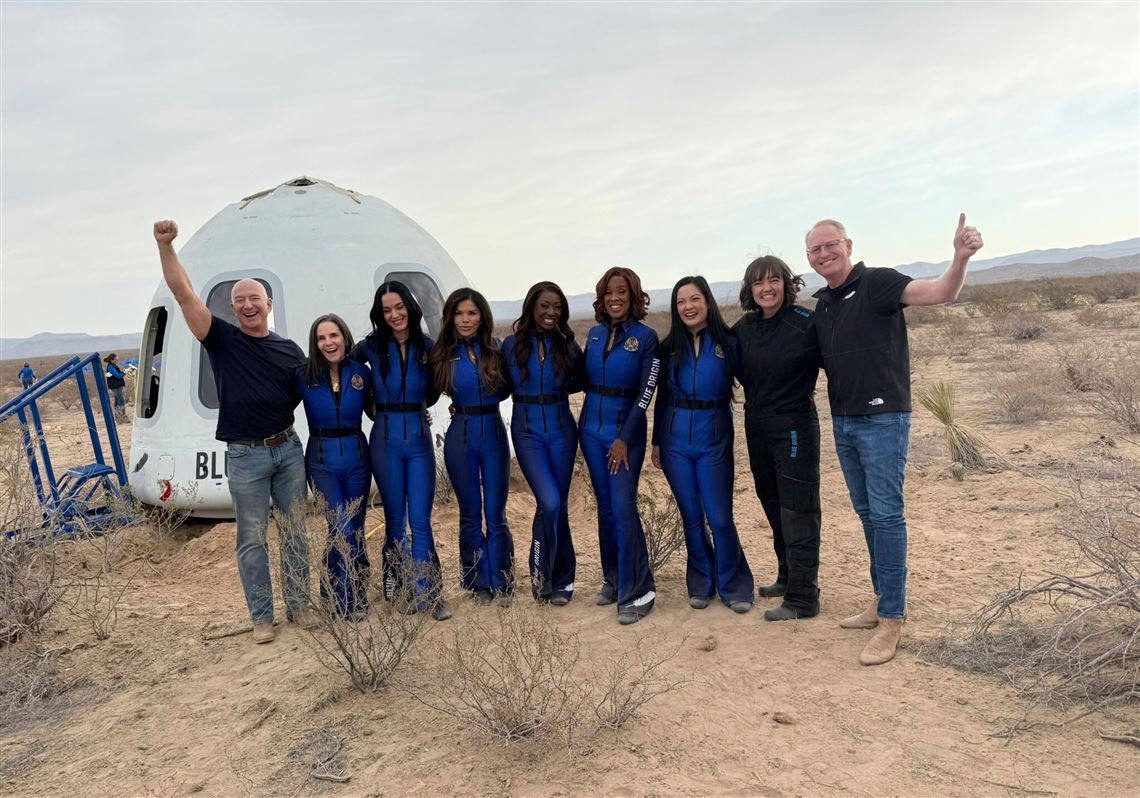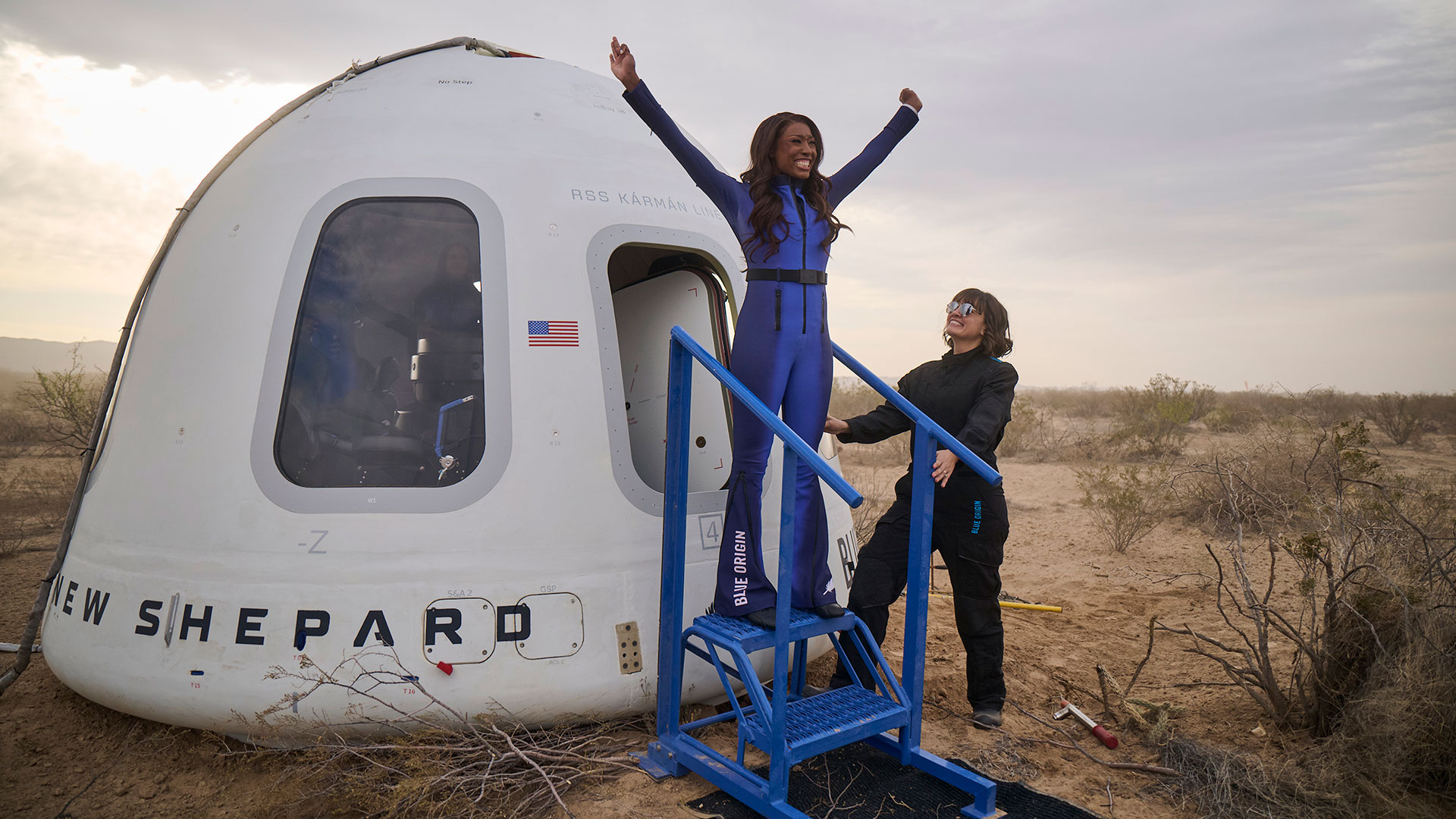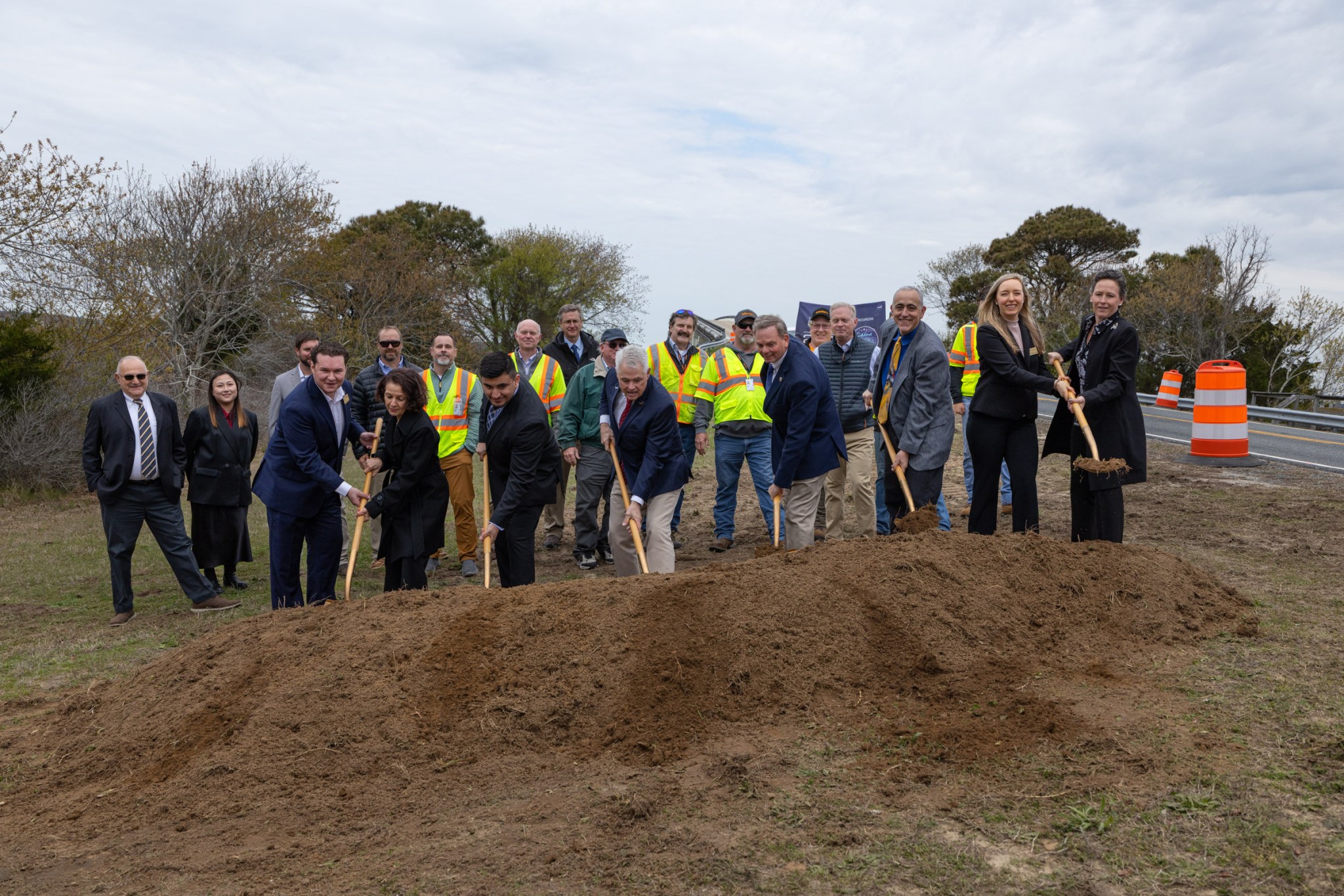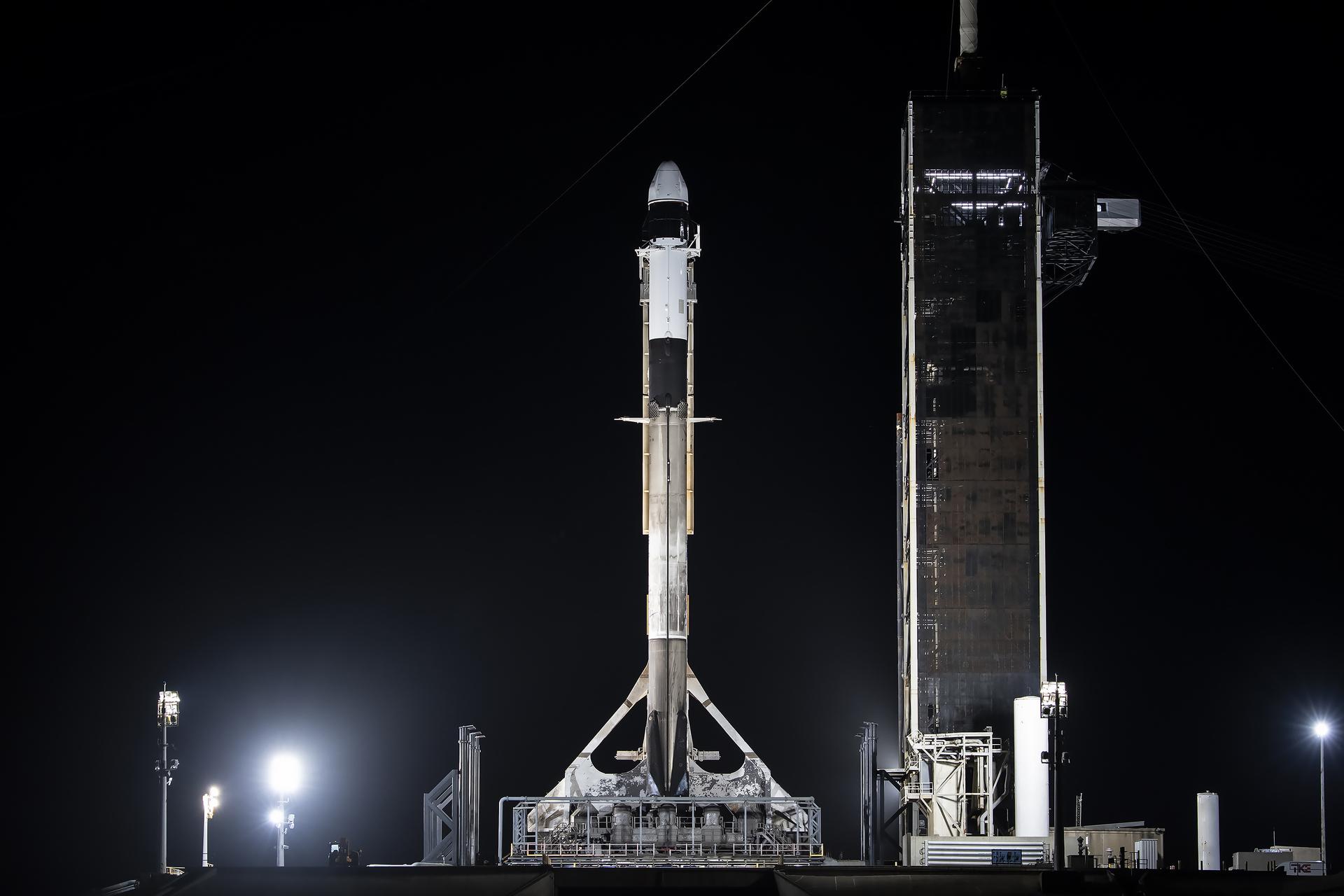NASA’s SpaceX 32nd commercial resupply services mission, scheduled to lift off from the agency’s Kennedy Space Center in April, is heading to the International Space Station with experiments that include research on whether plant DNA responses in space correlate to human aging and disease, and measuring the precise effects of gravity on time. Discover more details about the two experiments’ potential impacts on space exploration and how they can enhance life on Earth: “Second Guessing” Time in Space As outlined in Einstein’s general theory of relativity, how we experience the…
Read MoreAuthor: NeRD
Why Do We Grow Plants in Space?
1 min read Preparations for Next Moonwalk Simulations Underway (and Underwater) Why do we grow plants in space? Plants are such versatile organisms that they can fulfill many roles in our exploration of space. Plants provide us with food, with oxygen, they can recycle water and waste, and they can even provide us with psychological benefits. So all these functions will help NASA in fulfilling our goal of trying to create a sustainable environment for human presence in space. But there are also other benefits. We can investigate how plants…
Read MoreJames Webb Space Telescope sees a celestial Venn diagram around a dying star
A stunning new image from the James Webb Space Telescope (JWST) is allowing astronomers to examine the complex and turbulent final stages of a dying star’s life. The snapshot above showcases NGC 1514, a planetary nebula that resides roughly 1,500 light-years from Earth in the constellation Taurus. Despite the term, however, NGC 1514 has nothing to do with planets. Instead, at its heart, there are two stars. These stars appear as a single point of light in the James Webb Space Telescope‘s view, and this point of light is encircled…
Read MoreGayle King just conquered her fears with Blue Origin’s all-female space launch. Here’s how she did it.
Having the opportunity to overcome Earth’s gravity well and launch into space can be a spiritual and revelatory experience for those lucky enough to hitch a private ride on a rocket, as pop star Katy Perryand her historic all-female crew did on their Blue Origin trip from West Texas today (April 14). Joining Perry on the 10.5-minute suborbital NS-31 mission, which lifted off from Blue Origin’s Launch Site One, were CBS journalist Gayle King, philanthropist and author Lauren Sánchez, ex-NASA rocket scientist Aisha Bowe, research scientist Amanda Nguyen and film…
Read More100th person to fly only a suborbital spaceflight | Space picture of the day for April 14, 2025
Entrepreneur and former NASA aerospace engineer Aisha Bowe reaches out her arms in celebration after stepping out of the Blue Origin New Shepard capsule that flew her and five other women to space and back on April 14, 2025. (Image credit: Blue Origin) On April 14, 2025, Blue Origin launched its 11th human spaceflight, the company’s first to include only women aboard. Based on the seat assignments provided by the company, one of the six newly qualified astronauts has now become the 100th person in history to fly only a…
Read MoreNASA Announces 31st Human Exploration Rover Challenge Winners
To view this video please enable JavaScript, and consider upgrading to a web browser that supports HTML5 video NASA has announced the winners of it’s 31st Human Exploration Rover Challenge . The annual engineering competition – one of the agency’s longest standing student challenges – wrapped up on April 11 and April 12, at the U.S. Space & Rocket Center in Huntsville, Alabama, near NASA’s Marshall Space Flight Center. NASA NASA has announced the winning student teams in the 2025 Human Exploration Rover Challenge. This year’s competition challenged teams to…
Read MoreNASA Wallops Breaks Ground on New Causeway Bridge
2 min read Preparations for Next Moonwalk Simulations Underway (and Underwater) NASA’s Wallops Flight Facility commemorated the start of construction of its new Wallops Island causeway bridge during a groundbreaking ceremony at 10 a.m., Monday, April 14, 2025, on the island. NASA’s Wallops Flight Facility commemorated the start of construction of its new Wallops Island causeway bridge during a groundbreaking ceremony at 10 a.m., Monday, April 14, 2025, on the island. NASA’s Wallops Flight Facility Facility Director David Pierce, NASA’s Goddard Space Flight Center Associate Center Director Ray Rubilotta, and…
Read MoreNASA Sets Coverage for SpaceX 32nd Station Resupply Launch, Arrival
A SpaceX Falcon 9 rocket, with the company’s Dragon spacecraft atop, stands at Launch Complex 39A at NASA’s Kennedy Space Center in Florida on Nov. 4, 2024, in preparation for the agency’s SpaceX 31st Commercial Resupply Services mission to the International Space Station. Credit: SpaceX NASA and SpaceX are targeting 4:15 a.m. EDT, Monday, April 21, for the next launch to deliver science investigations, supplies, and equipment to the International Space Station. This is the 32nd SpaceX commercial resupply services mission to the orbiting laboratory for the agency. Filled with…
Read MoreExploring the Universe Through Sight, Touch, and Sound
Explore This Section Science Science Activation Exploring the Universe Through… Overview Learning Resources Science Activation Teams SME Map Opportunities More Science Activation Stories Citizen Science 3 min read Exploring the Universe Through Sight, Touch, and Sound For the first time in history, we can explore the universe through a rich blend of senses—seeing, touching, and hearing astronomical data—in ways that deepen our understanding of space. While three-dimensional (3D) models are essential tools for scientific discovery and analysis, their potential extends far beyond the lab. Space can often feel distant…
Read MoreSculpted by Luminous Stars
This new image showcases the dazzling young star cluster NGC 346. Although both the James Webb Space Telescope and the Hubble Space Telescope have released images of NGC 346 previously, this image includes new data and is the first to combine Hubble observations made at infrared, optical, and ultraviolet wavelengths into an intricately detailed view of this vibrant star-forming factory.
Read More